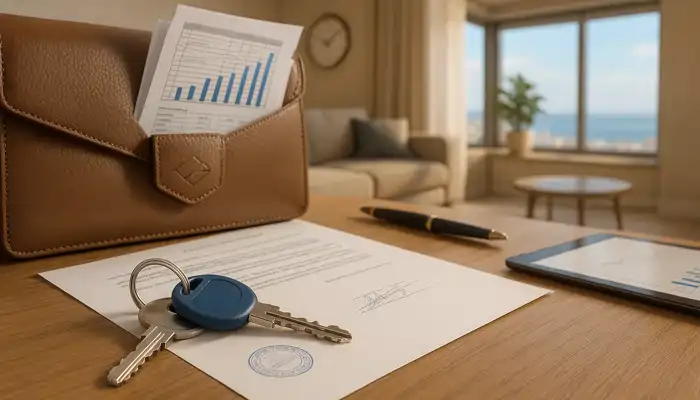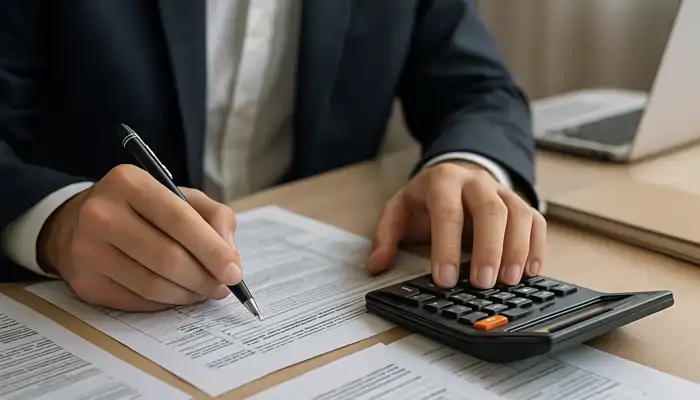Buying property in Spain is an exciting process that opens the door to new opportunities: living in a sunny country, making an investment, or finding a cozy place for a holiday retreat. However, as in any country, there are specific steps and requirements to understand. In this article, we will guide you through the process step by step.
Step 1: Preparing for the Purchase
1. Setting Your Budget
Before starting your property search, it's essential to determine how much you are willing to spend. Consider not only the property price but also additional costs:
- Taxes (6–10% for resale properties and 10% + 0.5–1.5% for new builds).
- Notary and registration fees.
- Legal, translation, and real estate agency fees.
Tip: Budget for an additional 10–15% of the property's cost to cover these expenses.
2. Obtaining a Foreigners’ Tax Identification Number (NIE)
Without an NIE (Número de Identificación de Extranjero), you cannot complete the purchase. This document is required for all legal and financial transactions in Spain, including buying property.
How to obtain an NIE?
- Through the Spanish consulate in your home country.
- In Spain, by visiting an Oficina de Extranjería or a police station.
3. Opening a Bank Account
While purchasing property from a foreign account is possible, having a local bank account simplifies tax payments, utility bills, and other expenses.
Step 2: Searching for Property
Spain offers a vast selection of properties, from city-center apartments to beachfront villas. You can search for properties through:
- Online platforms (Idealista, Fotocasa, Habitaclia).
- Real estate agencies.
What to consider:
- Legal status of the property (checking for debts, liens, or other issues).
- Location and infrastructure.
- Community fees and maintenance conditions.
Step 3: Reaching an Agreement with the Seller
Once you've found the right property, the negotiation phase begins:
- Discussing the terms of the deal: price, payment schedule, and conditions.
- Paying a deposit: typically 10% of the property's price.
Important: If the buyer backs out, they lose the deposit. If the seller breaks the agreement, they must return double the deposit amount.
Step 4: Signing the Preliminary Contract (Arras)
The arras contract is a preliminary agreement between the buyer and the seller that confirms their commitment to completing the sale. This ensures that the property is removed from the market while the buyer prepares for the final stage.
Step 5: Legal Verification
At this stage, it is recommended to hire a lawyer who will:
- Check the legal status of the property.
- Ensure there are no outstanding debts or restrictions.
- Prepare all necessary documents for the transaction.
Why is this important? Spain’s legal system can be complex, and mistakes may lead to serious financial consequences.
Step 6: Signing the Final Contract and Payment
The final purchase contract is signed before a notary. At this stage:
- The buyer pays the remaining balance.
- The notary registers the transfer of ownership.
- The buyer receives the keys to their new property.
Helpful Tip: Ensure all taxes and fees are paid on time to avoid registration issues.
Step 7: Property Registration
After signing the contract, the property must be registered with the Property Registry (Registro de la Propiedad). This confirms your ownership and protects you from potential claims.
Registration cost: Between 300 and 600 euros.
Step 8: Ongoing Expenses
After purchasing the property, you will have regular expenses:
- Annual property tax (IBI).
- Utility bills.
- Community maintenance fees (for apartment buildings).
Example Steps for Buying a 300,000-Euro Apartment in Valencia
- Budget: Consider additional expenses of around 37,000 euros (taxes, notary, and registration fees).
- Documents: Obtain an NIE and open a Spanish bank account.
- Search: Find a property through Idealista or a real estate agency.
- Preliminary Contract: Sign the arras contract and pay a 30,000-euro deposit.
- Final Contract: Sign with a notary, pay the balance, and receive the keys.
- Registration: Register the property and start paying utilities and annual taxes.
Conclusion
Buying property in Spain is a multi-step process that requires preparation and attention to detail. By following these steps and working with professionals (lawyers, notaries, and real estate agents), you can complete the process smoothly and without unnecessary complications.








